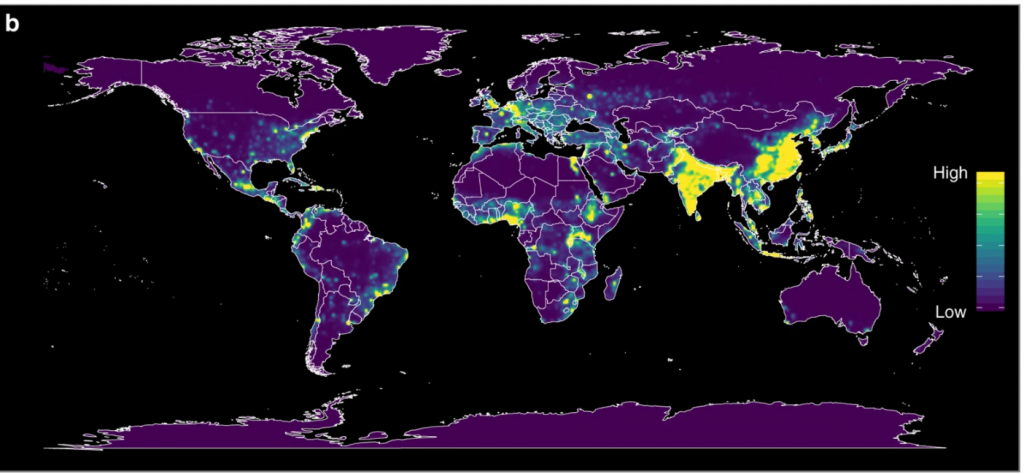Which Areas in the World Are at Higher Risk of Emerging Infectious Disease?
Author: May Thongthum

Many experts say the COVID-19 pandemic is among the deadliest infectious diseases to have emerged in recent history. Before the pandemic emerged in 2019, scientists warned that such sarbecoviruses would emerge again and again. In 2017, Allen and her colleagues updated a global database of emerging infectious disease (EID) events. They created a novel measure of reporting effort and employed a modeling framework (boosted regression trees, BRT) to capture high-dimensional interactions between individual variables such as demographic, environmental, and biological correlates of their occurrence.
Their model factored out clear effects of report efforts, such as evergreen broadleaf trees, human population density, global environmental stratification (climate) and mammal species richness, which otherwise biased their ability to interpret EID event observations. Their results suggest that tropical regions in North America, Asia, Central Africa, and regions of South America have an elevated risk of disease emergence, due to high mammal biodiversity, and increased anthropogenic land use changes. The research team agreed with previous suggestions that the relationship between biodiversity and disease risk is complex, context-specific, and idiosyncratic (Schmidt and colleagues, 2001)
References:
Figure retrieved from Allen, T., Murray, K.A., Zambrana-Torrelio, C. et al. Global hotspots and correlates of emerging zoonotic diseases. Nat Commun 8, 1124 (2017). https://doi.org/10.1038/s41467-017-00923-8
Article title: Global hotspots and correlates of emerging zoonotic diseases https://www.nature.com/articles/s41467-017-00923-8